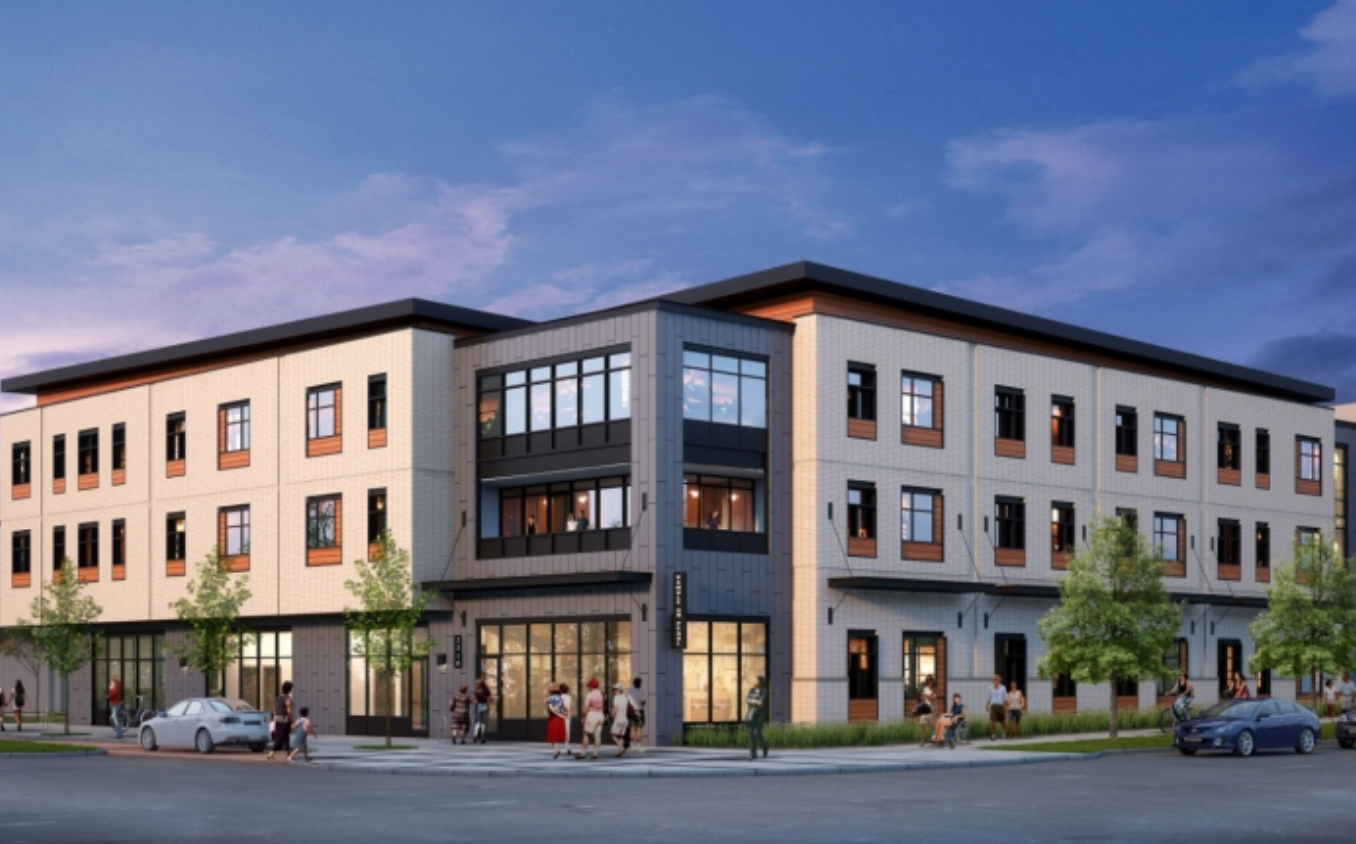Affordable housing is the juncture at which most other critical Boulder issues converge. Boulder has a glut of inbound traffic each day, adding stress to transportation networks and air quality, and lower-income segments increasingly cannot afford to live in Boulder, draining it of its socio-economic diversity.
It is also an opaque, hard-to-follow topic, where the undeniable impulse to make Boulder more economically inclusive butts up against intricate city policy, passionate views on all sides and uncomfortable reality.
As we reported last week, under 2 percent of the 45,778 housing units in Boulder represent permanently affordable homes available for ownership (about 5.5 percent are permanently affordable available for rent). That means the vast majority of people who want to own homes in Boulder must pay market rate, which means affording a home above $750,000. (For the 12 months through September 2019, the median sale price of all Boulder homes stood at $761,000 — $915,000 for single-family homes, according to Zillow data.)
Boulder’s dwindling middle class
The city requires developers of every new housing development to set aside 25 percent of the units as permanently affordable. Many developers choose to pay cash to the city in lieu of building those units, and developers who do build affordable units typically make them rentals as ownership units carry more liability. That cash goes into a fund that the city uses to fund affordable housing projects through one of its housing partners such as Boulder Housing Partners or Thistle.
The city has 3,631 rentals and ownership units in its permanently affordable portfolio (all but about 800 are rentals). It makes those available to residents in several affordability buckets as defined by household income in relation to area median income (AMI). The U.S. Department of Housing and Urban Development sets area median income for each county; in 2019, that number is $102,300 for a household of three in Boulder. The city’s housing affordability buckets are:
- Low-income: Households who make 0 to 60 percent of the AMI
- Moderate income: Households who make 61 to 79 percent of the AMI
- Middle income: Households who make 80 to 120 percent of AMI
The city holds most of its permanently affordable units for lower and moderate income households. Just 110 of those units were available for middle income households as June 2019, and many of those are rentals.
For example, the affordable housing project 30Pearl that Boulder Housing Partners is developing in Boulder Junction near 30th and Pearl Street will have 120 permanently affordable units available to renters and buyers who make 30 to 60 percent of Boulder AMI (29 of the units will be available for ownership).
This suggests that Boulder will increasingly become a city of lower-income renters and wealthy homeowners.
How to address it
Homeownership in Boulder remains, and will overwhelmingly likely remain, unaffordable to all but the wealthiest homebuyers aside from the small percentage of permanently affordable homes available for ownership.
This reality compelled the city to pilot a middle income down payment assistance program, in which it provides down payment assistance to qualified middle income buyers, that residents will vote on on Nov. 5.
The program does two things: it helps a middle-income family own a Boulder home it otherwise could not afford and brings that home into the city’s stable of permanently affordable housing. It also aims to maintain a steadily dwindling Boulder middle class.
However, even this program would miss those like Daniel Ormsby, who we profiled last week. He and his wife fall into the widening gap of those who don’t qualify for the small contingent of homes in the city’s affordable housing program, but whose income doesn’t bring them close to affording a market rate Boulder home.
This reality complicates the challenge of improving Boulder’s economic diversity, even as it gets more expensive.



